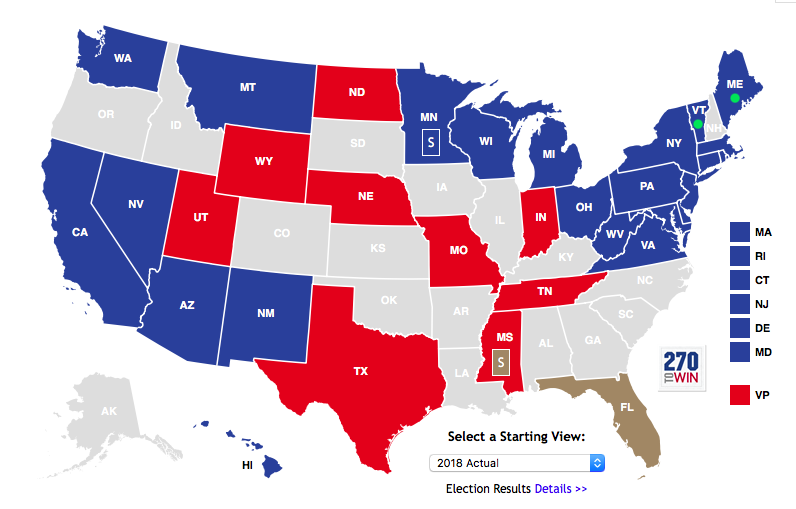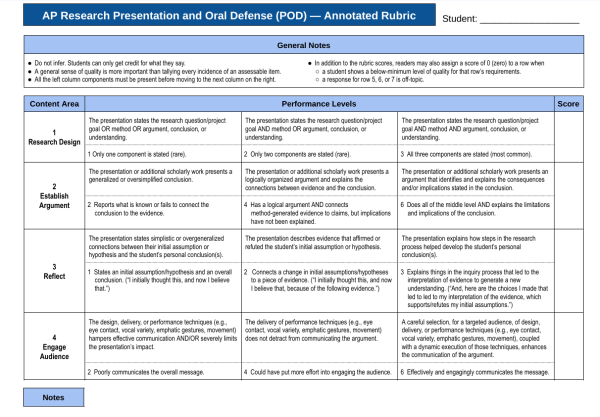2018 Midterms: Recap
A good night for Democrats and Republicans alike
Last Tuesday, millions went to vote in hotly-contested midterm elections for the House of Representatives, Senate, and governorships across the country. Democrats took back the House, winning at least thirty-two seats at the time of publication, although several races remain undecided. One of the many seats that contributed to the Democratic victory was South Carolina’s 1st, where Representative-elect Joe Cunningham beat state representative Katie Arrington in an upset.
In the Senate, Republicans will likely expand their majority, pending a recount in Florida and a Mississippi run-off election. Republicans knocked off Democratic incumbents in North Dakota, Indiana, and Missouri, while Democrats picked up seats in Nevada and Arizona. Democrats came within 2 percentage points of defeating Sen. Ted Cruz in Texas, a race which garnered millions of dollars and heaps of national attention.
Democrats picked up seven governorships from Republicans nationwide, including Kansas, Michigan, and Wisconsin, but fell short of national expectations. Republicans pulled out a surprising victory in the Florida’s governor race where the Democrats were favored. This result, however, is pending an ongoing recount. In South Carolina’s gubernatorial election, Republican incumbent Gov. Henry McMaster defeated Democratic state Rep. James Smith by eight percentage points.
Overall, Democrats and Republicans alike have reason to be happy with these results. Democrats had their largest gain in House seats since 1974 and won control of the chamber. They’re projected to have won the popular vote by about seven points, the same margin by which President Obama defeated John McCain in 2008. They’ll be able to shut down Republican legislative priorities for the next two years and launch investigations into the President’s personal finances.
On the other hand, the election could have gone much worse for Republicans. Their strength in rural areas limited Democratic gains. Although they lost the House, it was hardly the wipeout some Democrats hoped for. Republicans’ expanded Senate majority will help them confirm President Trump’s nominees to the judiciary and executive departments.
Initial results on Tuesday night showed a divided nation. As more votes are counted, there are reasons to be hopeful. Bipartisanship is not yet gone. Despite their Senate losses in three conservative states, Democrats held on to seats in Montana and West Virginia, which Trump won in 2016 by twenty-one and forty-two points respectively. Likewise for Republicans, voters in some moderate districts won by Hillary Clinton in 2016 opted to keep their Republican members of Congress. Finally, the election was characterized by midterm turnout not seen in generations. Almost half of all eligible voters participated, the highest rate for a midterm election since at least 1966 and possibly since 1914. For the first time in a long time, people are paying attention.












